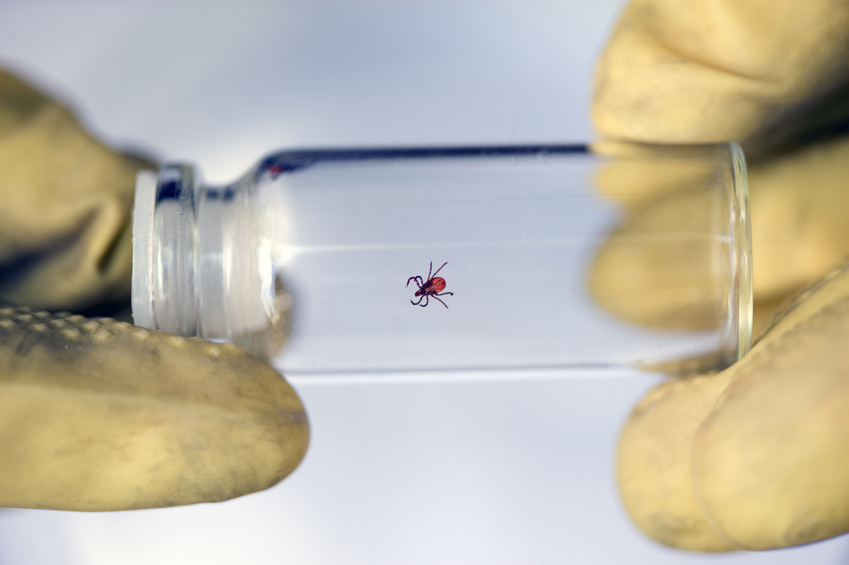Biochemical characterization of Borrelia burgdorferi's RecA protein
| Title | Biochemical characterization of Borrelia burgdorferi's RecA protein |
| Publication Type | Journal Article |
| Year of Publication | 2017 |
| Journal | PLoS One |
| Volume | 12 |
| Issue | 10 |
| Date Published | 10/2017 |
| Authors | Huang SH, Hart MA, Wade M, Cozart MR, McGrath SL, Kobryn K |
| Abstract | RecA plays key roles in DNA recombination, replication and repair. Mutation of recA in the Lyme disease spirochete, Borrelia burgdorferi, fails to produce some of the phenotypes expected from study of recA mutation in other organisms. 'Missing' recA phenotypes include a lack of growth or viability effects, including in the presence of DNA damage, and a lack of a role in vlsE antigenic variation and infectivity. We present a purification and biochemical characterization of recombinant B. burgdorferi RecA protein. We find that B. burgdorferi RecA displays the expected properties of being a DNA-dependent ATPase, of having an intrinsic binding preference for ssDNA over dsDNA enhanced by ATP binding, of promoting DNA pairing and strand exchange reactions and of having a detectable coprotease activity with E. coli LexA repressor. DNA pairing and strand exchange reactions promoted by B. burgdorferi RecA show an unusually strong dependence upon the presence of the cognate ssDNA binding protein (SSB) but are very sensitive to inhibition by SSB when the ssDNA was prebound by SSB. This indicates B. burgdorferi RecA may have an enhanced requirement for recombinational mediators to promote RecA-SSB exchange, despite the absence of homologues of the RecF pathway proteins that normally play this role in eubacteria. Finally, we do not find any unusual, intrinsic properties of B. burgdorferi's RecA protein to explain the unusual phenotype of recA mutation and suggest that there may be alternative recombinase functions that could explain the 'missing' phenotypes. |
| URL | https://journals.plos.org/plosone/article?id=10.1371/journal.pone.0187382 |







